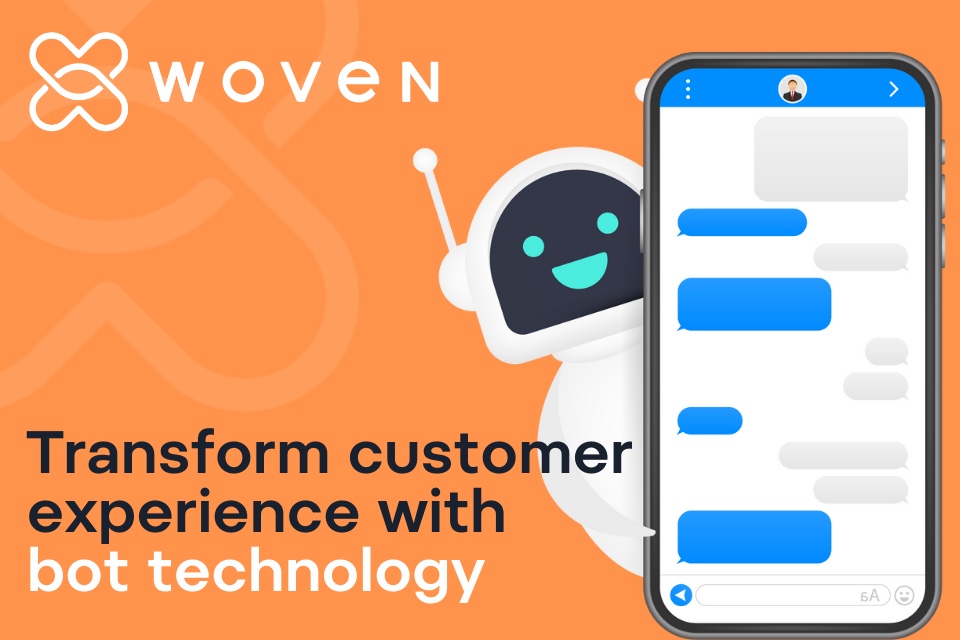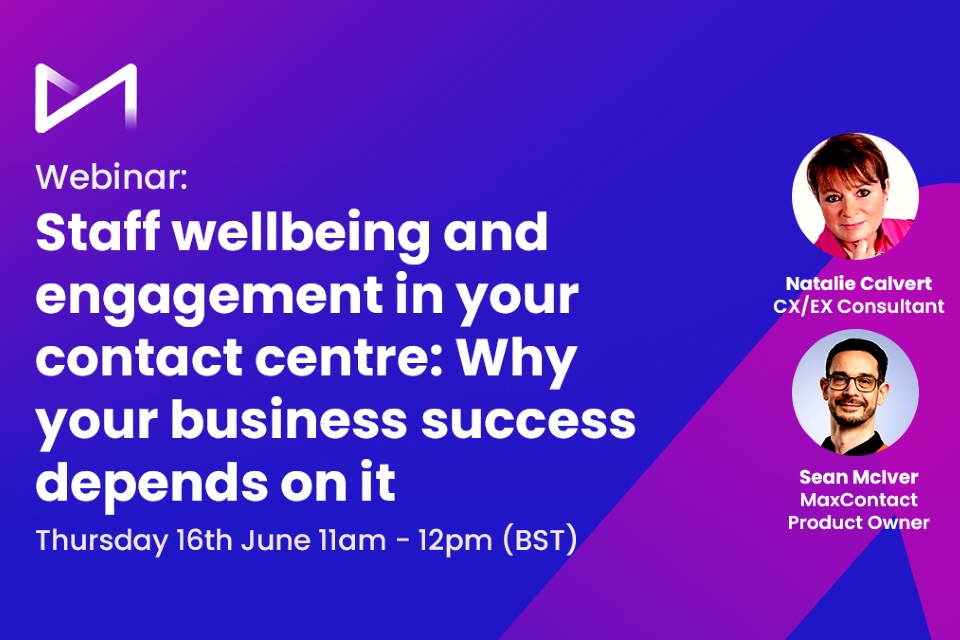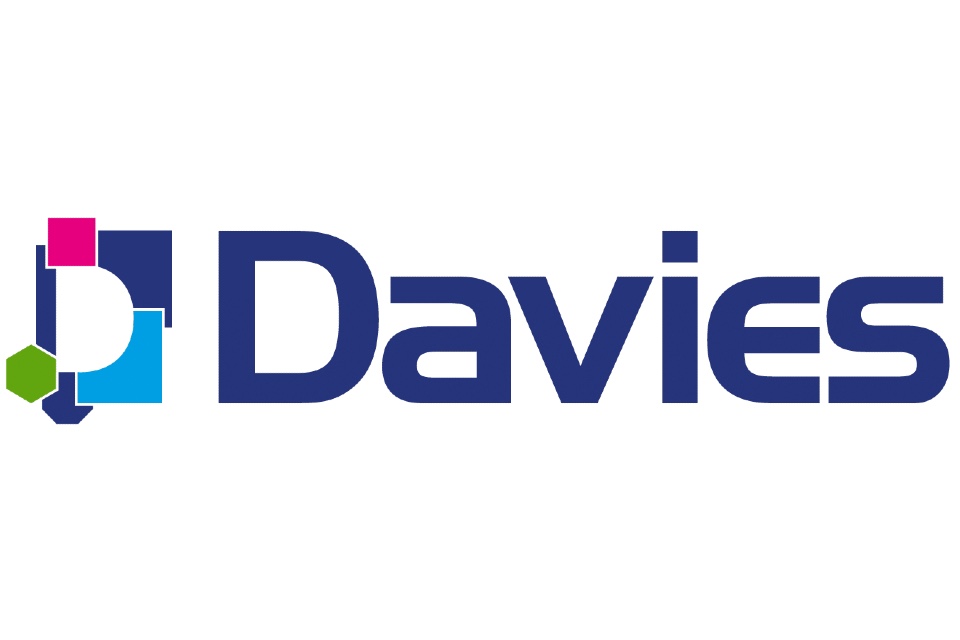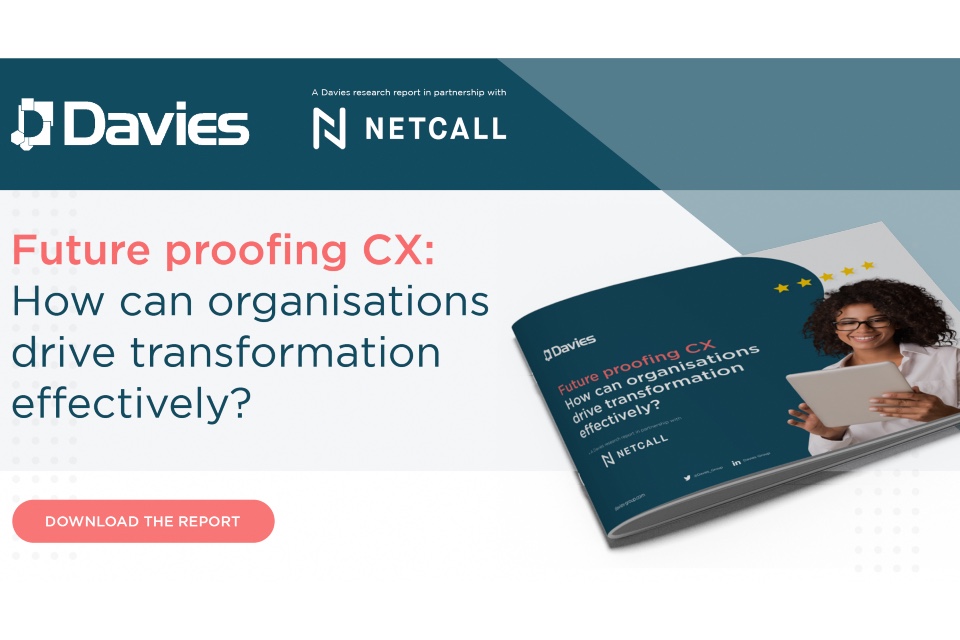CX pros focused on AI & automation investments
https://contactcentresummit.co.uk/wp-content/uploads/2022/07/investment-financial-3207895_1280.jpg 960 640 Stuart O'Brien Stuart O'Brien https://secure.gravatar.com/avatar/81af0597d5c9bfe2231f1397b411745a?s=96&d=mm&r=gTalkdesk’s The Future of AI 2022: Progressing AI Maturity in the Contact Center report indicates that despite consensus (85%) around the value of artificial intelligence (AI), companies are hedging their approach by continuing to invest, but curbing deeper deployments in the near-term due to challenges around organisational alignment, security, and gaps in talent.
As customer service expectations grow across every type of industry – from retail and consumer goods, to financial services and insurance, even healthcare – fast-moving organizations are gaining a competitive edge by using AI and automation to deliver better service and boost productivity.
To reap the benefits and avoid being left behind, 79% of customer experience (CX) professionals say their company plans to increase investments in the year ahead. Fifty-two percent acknowledge that without AI and automation, customer satisfaction will decrease; 48% expect a decline in contact center team productivity. Yet, the use of AI and automation in contact centers has scaled back; for example, their use in self-service declined from 69% in 2021 to 60% today.
Implementing new technology always represents an uncharted territory for companies and AI is no different. The former rush to embrace AI initiatives appears to have met with the reality of the challenges companies are facing, primarily around three key areas:
1. Misalignment on AI business goals
CX professionals report less confidence in their own understanding of AI. The percentage of those saying they feel moderately to extremely familiar with AI in the contact center dipped from 93% a year ago to 87%. Similarly, the number of respondents characterizing their organization’s application of AI technology as more advanced fell to 35%. Resistance to change within their organizations and lack of strategic vision were commonly cited hurdles.
2. Security risks and IT challenges
Eighty percent believe AI will improve identity and authentication security within the next two years. Nearly as many (75%) agree further that AI technology will allow customer data to be more secure than with a live agent. The belief that AI will improve security seems to contradict findings that security is a key barrier to AI deployment; however, half of the respondents attribute security concerns to the limitations of legacy contact center infrastructure.
3. Lack of in-house AI expertise
Another common obstacle to advanced AI implementation is the lack of AI professionals who can build, train, and maintain AI solutions. New technology, such as human-in-the-loop tools, can help democratize the use of AI in the contact center, making it easy for agents to train and maintain AI models without the need for specialized programming skills. According to the survey, 15% of companies are already taking advantage of these emerging tools.
“As contact centers continue to evolve from cost to growth centers, falling short on AI maturity can negatively impact not only the most important contact center KPIs, such as customer satisfaction and productivity, but also broader business goals tied to revenue and lifetime customer value,” said Ben Rigby, Talkdesk senior vice president and global head of product and engineering, AI, automation, and workforce. “Working closely with a CX technology partner that has deep AI expertise can allow organizations to break through the barriers to deployment and achieve their AI ambitions.”










